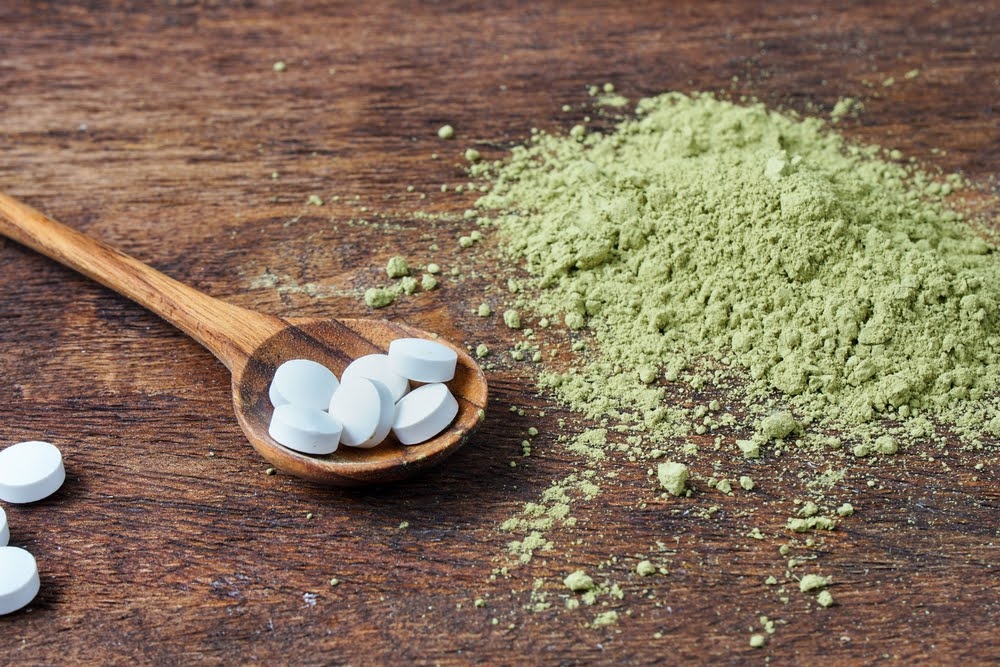

· By Tyler Edge
Adaptogens vs Nootropics: Definitions and Differences
Adaptogens and nootropics are two popular buzzwords in the wellness community that often get confused. We’ll go over the definitions for each and break down some of the differences between the two.
What are Adaptogens?
Adaptogens are natural substances that help the body deal with stress and stay balanced. They are usually found in plants and herbs. The idea of adaptogens came from herbal medicine and became an official term in the middle of the 20th century. It is thought that these compounds help the body deal with physical, chemical, or biological stresses. Ginseng, rhodiola rosea, and ashwagandha are all common examples.
How Adaptogens Work
It is believed that adaptogens work with the hypothalamic-pituitary-adrenal (HPA) axis, a key part of the stress reaction. Adaptogens may help keep cortisol levels in check and promote a sense of balance by changing this system. The goal is not to wake up or sleep the body, but to return it to homeostasis, a state of balance.
Common Ways Adaptogens Are Used
A lot of people use adaptogens to for
- Managing worry and anxiety
- Boosting energy and stamina
- Making it easier to fight fatigue
- Improving overall health
What are Nootropics?
Nootropics are substances that have been studied for their potential cognitive benefits. The word “nootropic” was first used in this association in the 1970s to describe chemicals that could help people learn and keep their brains healthy without having major side effects.
How Nootropics Work
Depending on the material, nootropics can work in different ways. Some nootropics are natural, like bacopa monnieri or lion’s mane mushroom, and some are man-made, like piracetam or modafinil.
Common Ways Nootropics Are Used
Most of the time, nootropics are used for
- Supporting memory and learning
- Assisting focus and attention
- Promoting clarity
What Makes Adaptogens and Nootropics Different?
People often talk about adaptogens and nootropics together because both have been studied for their potential roles in supporting mental health and efficiency. People who are interested in one may also be interested in the other because they are both often found in supplements that are sold to support similar areas of wellness. Some things, like some herbs or mushrooms, are said to have benefits that are both adaptogenic and nootropic.
Adaptogens are almost always natural and come from roots, plants, or fungi. Nootropics can be made in a lab or from natural sources, like herbs or pharmaceutical chemicals.
Some natural chemicals are labeled as both adaptogens and nootropics because they may promote support with uneasiness and improve brain function. Rhodiola rosea is an example of an adaptogen because it has been studied to support tension, but some studies also show that it may support cognitive abilities. Not all nootropics are adaptogens, though, and not all adaptogens are nootropics.
How to Pick What’s Best for You
When choosing between nootropics and adaptogens, think about what you want to achieve and do additional diligence to determine more closely aligns with your wellness goals. You should talk to your physician before starting any new vitamin or supplement regimen, especially if you already have a health problem or are taking medicine.






